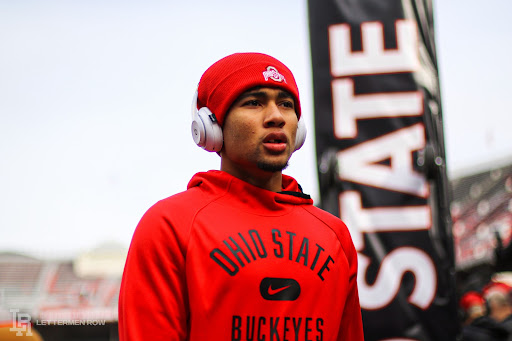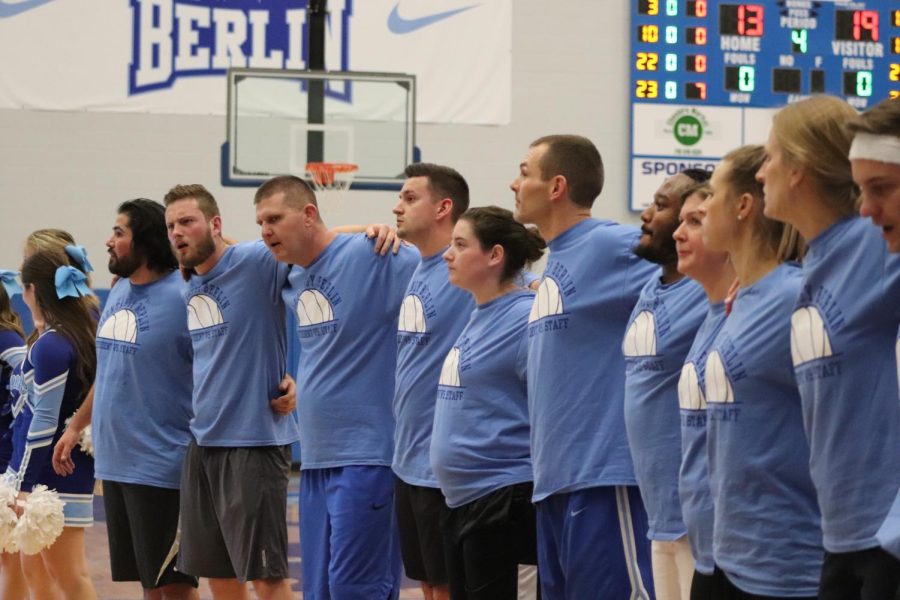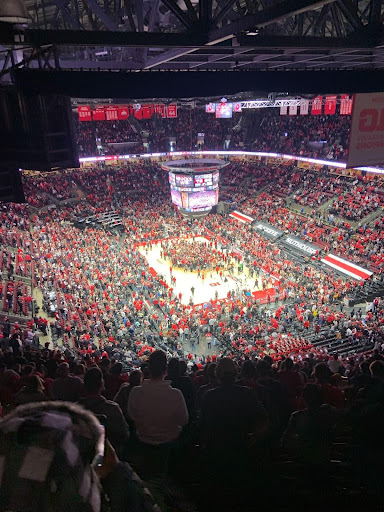How NIL has forever changed college sports

Photo Courtesy of Flickr: As the 2023 NFL Draft approaches, OSU fans anticipate CJ Stroud’s future path in the league. Stroud kept people in the dark about his plans for next year, as he waited until the last minute to declare his entry for the Draft, and many believe this decision could have been delayed as a result of NIL considerations.
January 30, 2023
When the NCAA approved of the Name, Image, and Likeness (NIL) policy, they likely did not predict the way it would pan out and ultimately change the college sports realm indefinitely.
Up until June 2021, collegiate athletes were not permitted to receive any sort of monetary compensation, so long as they were an official NCAA athlete. This meant the athletes could not accept brand sponsorships, appear in television advertisements, or simply profit in any way off of their name, image, or likeness.
A major benefit many believe NIL has brought to college athletics is its ability to keep players in college. Prior to the existence of NIL, college athletes realized it would be financially smarter to enter the pros a year to two before their eligibility was out. Yet, due to their ability to make millions of dollars off of advertisements and sponsorships, an extra season in the NCAA does not seem to be as hurtful to their bank account.
Star talents across several sports in the NCAA have been able to capitalize on NIL and create major marketing opportunities for themselves, despite the preconceived notion that only the top dogs would be able to make money.
According to ESPN, “Critics of NIL predicted that only the top 1% of athletes would make any money… Athletes, from star players in high-revenue sports to walk-ons to charismatic athletes in lesser-viewed sports, have found the NIL space to be quite lucrative.”
The approval of NIL has also been a catalyst for college football programs to incentivize high-demand recruits to sign with their program in exchange for a sizable amount of money. In the past few months, the suspicion of many programs’ involvement in this sort of activity has begun to sweep the NCAA, as many have started to notice the overwhelming amount of football recruits that have chosen to sign with a few particular schools.
According to ESPN, “…The most valuable assets in winning are the athletes themselves. That is why recruiting is so important, and why it is so regulated by the NCAA… NCAA guidelines of NIL prohibit boosters or collectives from offering NIL opportunities or other compensation for athletes to enroll or remain at a particular school.”
Despite the strict standards to which the NCAA holds these programs, the implementation of NIL has only created more room for programs to acquire athletes with the use of cash.
NIL is definitely a double-edged sword, and with athletes’ ability to reap the benefits of this policy and grow their brand and bank account from a college campus, also creates a way for programs to utilize NIL to their advantage, especially in ways that are unethical to the NCAA’s standards. The policy is here to stay, and although the future of college sports seems to be slightly unprecedented, the presence of NIL will ultimately continue to shift college athletics for better or for worse.

















